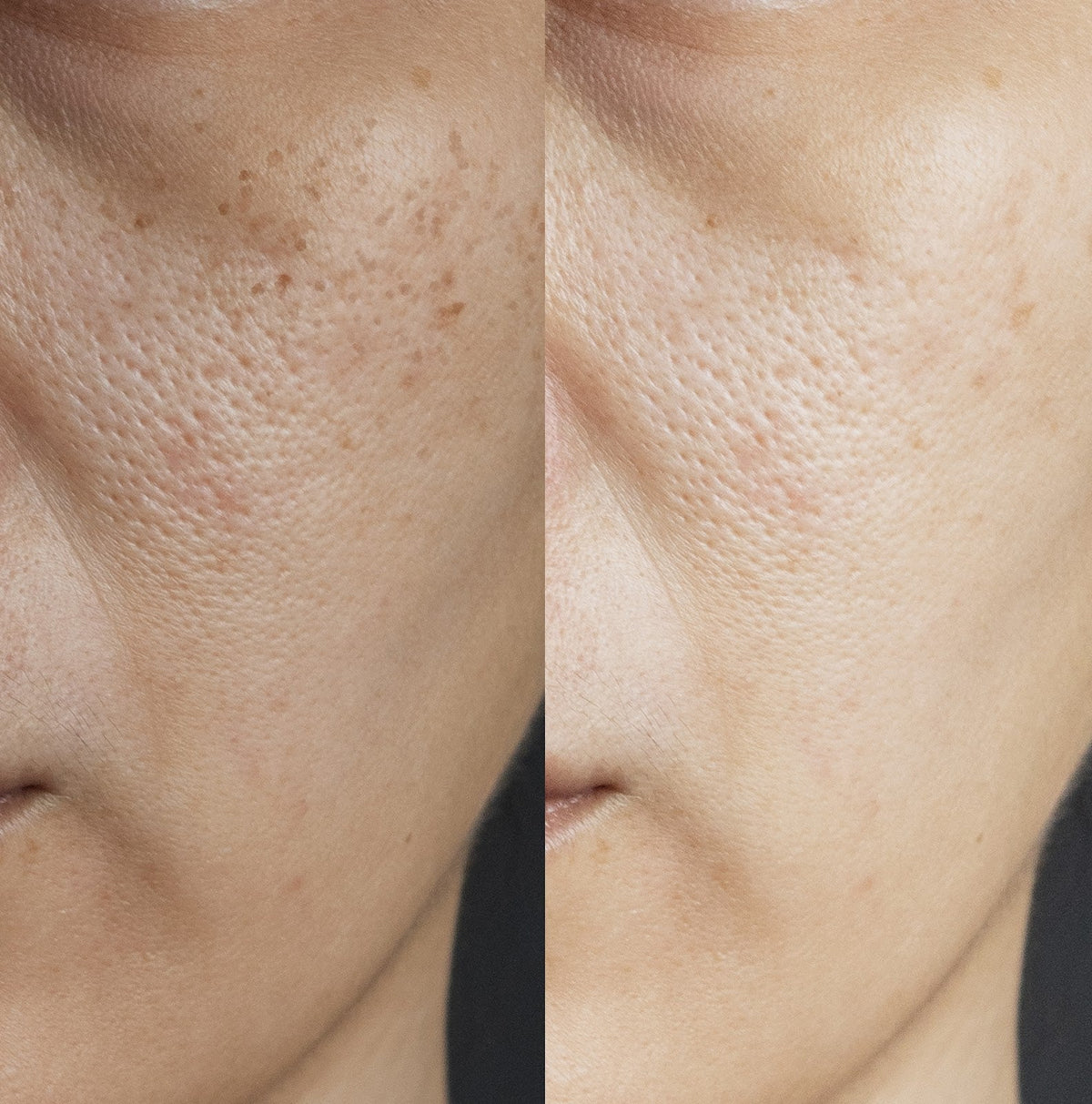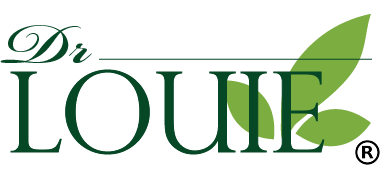
Dry vs. dehydrated skin? Find out the right moisturizer for each type
|
Time to read 5 min


|
Time to read 5 min
We all know what a moisturizer is. And the chances are, we are using some form of a moisturizer, whether you are using our All-in-One Essence or other cream or lotion.
But did you know that knowing and understanding different types of moisturizers, based on the ingredient used, could help dry skin and dehydrated skin?
But before going into different types of moisturizing ingredients, we need to understand the difference between DRY skin and DEHYDRATED skin because depending on the “category” your skin falls into, the type of moisturizing ingredient is different.
These two sound similar in nature, but they are not.
(Dry skin with eczema)
First off, DRY skin is a skin type, like oily skin or combination skin.
If you have dry skin, lacking water isn’t the problem. The problem is with the fact that your skin lacks oil. And often it is genetic and is constant, regardless of the weather.
Some of the signs of dry skin include:
(Dehydrated skin with large pores, dull skin tone and shadowy skin around eyes)
On the other hand, DEHYDRATED skin is a temporary skin condition.
It occurs when your skin is lacking water. And because it’s a skin condition, it could happen to anyone whether you have dry skin, combination skin, or oily skin. In fact, when your skin is dehydrated, it creates more oil to make up for the lack of water and to prevent whatever water you have left on your skin from evaporating. What does it mean for oily skin? It means if your skin is dehydrated, it could cause more oil secretion, causing breakouts and irritation. In fact, your skin can be very oily but feel dry at the same time. This means that your skin may be oily, but dehydrated. You need water in your skin. And it comes and goes. And it could be caused by many external factors, such as environment, diet, lack of sleep, wrong products, etc. causing water content in the skin to diminish, dehydrating it.
Some of the signs of dehydrated skin include:
Your skin can be dry and dehydrated or oily and dehydrated since one is a skin type and the other is a skin condition.
Now that you know the difference between dry skin and dehydrated skin, let’s go into different types of moisturizing ingredients so that we can alleviate these “signs.”
There are three types of moisturizers: humectant, emollient, and occlusive.
A humectant draws water from the environment (and from skin) and seals it inside your epidermis (thin, outer layer of skin). It’s like a hydration magnet for your skin. But as mentioned in the previous posting on glycerin, a humectant, can draw water from deep inside the skin in a low humidity condition. (Not to worry though. This can be prevented with the right formulation.)
Some examples of humectants include:
An emollient is an oil-based ingredient that replenishes the lost oil in our skin. It fills the gap between dead skin cells with oil. Its primary function is to soften the skin and repair skin barrier function, which is important in keeping harmful things out like allergens, bacteria, and environmental irritants. And just like an occlusive agent, it prevents moisture loss.
Some examples of emollients include:
An occlusive agent acts as a physical barrier for the skin to reduce or physically block water loss. These are best for those with very dry skin and conditions like eczema and psoriasis because they form a protective barrier on the surface of the skin. Just like the name suggests, it completely blocks moisture from evaporating. But those with oily or acne-prone skin should avoid occlusive agents. And if applied in excess, it could lead to overmoisturizing, which could signal the skin to stop producing oil, leading to dry skin.
Some examples of occlusives include:
Now that you know the difference between dehydrated skin and dry skin, and the difference between humectant, emollient, and occlusive, let’s take a look at how this knowledge can help your skin.
If you have dehydrated skin, you need to look for a humectant to draw moisture and put hydration into the skin. Ingredients mentioned above are excellent at drawing in moisture into the skin. If your skin is on the verge of being dehydrated and dry, look for a product with both humectant and an emollient, which will not only retain water but also replenish oil in the skin.
If you have dry skin, a thicker moisturizer always helps. If you feel that your skin is dry all-year-round and tends to be flaky or peels, then it could be that your skin is having a difficult time retaining moisture. A thick, emollient moisturizer will help prevent water loss. Try a moisturizer with good, non-pore clogging emollient like Jojoba oil or grapeseed oil. It will ensure that the water is drawn in and retained.
All-in-One Essence for Dry & Dehydrated Skin
Minimize your skincare with this bottle that replaces anti-aging toner, serum, and moisturizer, with Vitamin C, EmblicaTM, Jojoba Oil, Grapeseed oil, panthenol, hyaluronic acid, glycerin, aloe vera.
If you have oily skin, you need to figure out if your skin is just plain oily or whether it is also dehydrated. Because if your skin is dehydrated, then as mentioned earlier, it could actually exacerbate oil production. Oftentimes, if your skin is oily, it is possible that your skin barrier function is weakened as well, making it difficult for skin to retain water, further weakening the skin barrier. So the best way forward would be to properly hydrate the skin. Using a non-comedogenic humectant such as a hyaluronic acid and glycerin would keep the oily skin hydrated.
All-in-One Essence Oil-Free for Oily & Dehydrated Skin
Minimize your skincare with this bottle that replaces anti-aging toner, serum, and moisturizer, with Vitamin C, EmblicaTM, panthenol, hyaluronic acid, glycerin, aloe vera. Excellent as a hydrating serum for sensitive skin
To make things easier, here’s a list of ingredients that could be good for hydrating (humectant) or keeping hydration in (moisturizing = emollient or occlusive).
|
Ingredient |
Best for dehydrated or dry skin |
|
Glycerin |
Both. If you have dry skin, make sure your moisturizer also has an emollient |
|
Hyaluronic acid |
Dehydrated |
|
Aloe vera |
Dehydrated |
|
Honey |
Dehydrated |
|
Oils (plant oils like jojoba oil) |
Dry |
|
Lactic acid |
Dehydrated |
|
Panthenol |
Dehydrated |
|
Butters (shea butter, etc.) |
Dry |
|
Caprylyl glycol |
Dehydrated |




